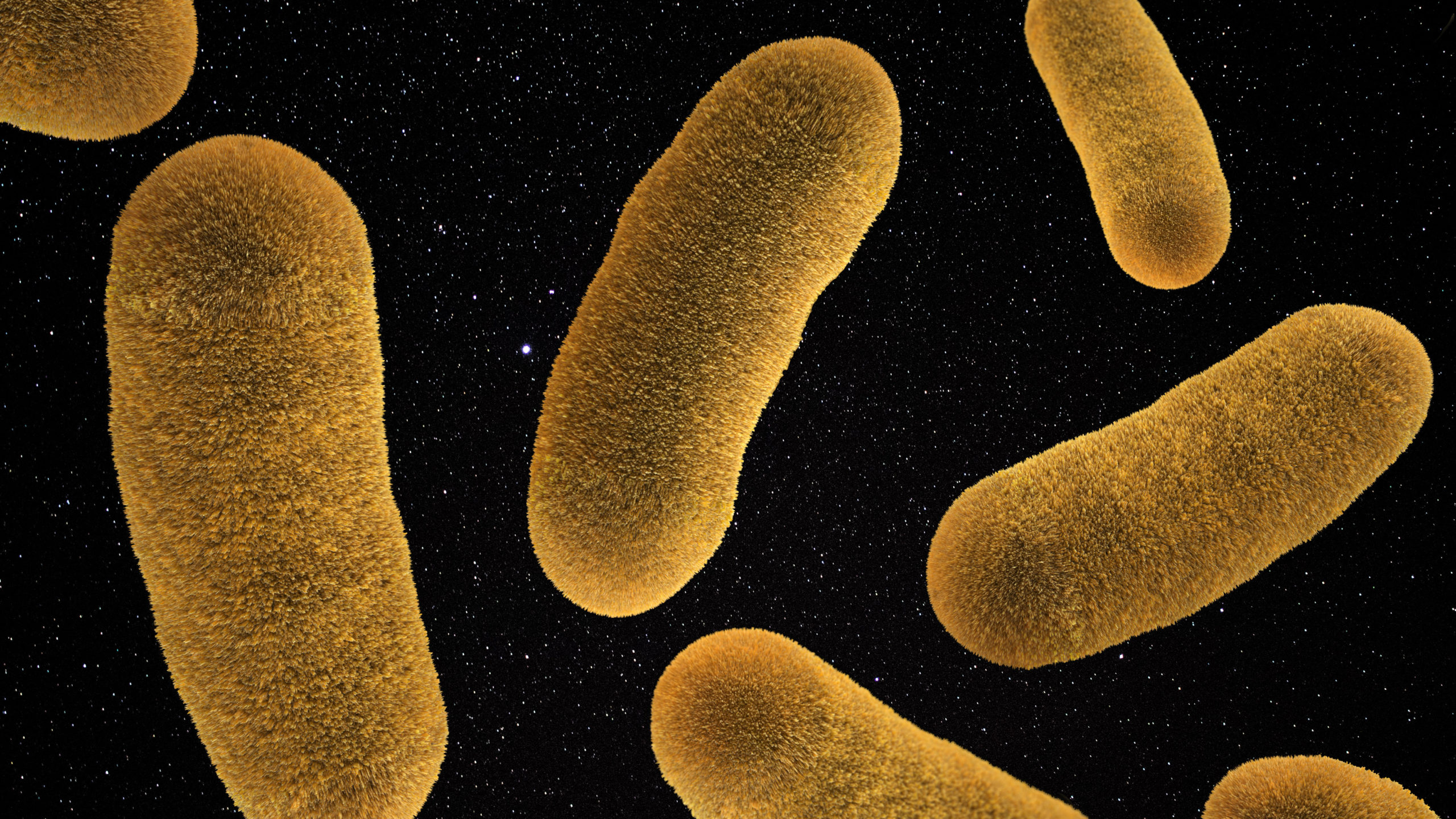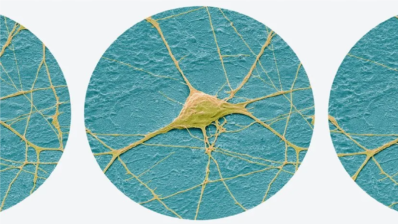Lack of nutrients and stress can cause some bacterial species to enter a dormant state that renders them biochemically inactive. Until now, it was unknown how these bacterial spores could integrate environmental cues to recover from their state of dormancy, that can last tens of thousands of years or more. But a recent study from the Department of Medicine and Life Sciences, Pompeu Fabra University (MELIS-UPF) and the University of California shows that spores accumulate electrochemical potentials from the environment as a signal to decide when to wake up.
“This work changes the way we think about spores, which until now were considered inert objects”
Gürol Süel, University of California
The study was carried out with Bacillus subtilis spores to which environmental signals were applied. These signals were, each on their own, of insufficient intensity to “wake them up”. As Jordi García-Ojalvo, researcher at MELIS-UPF, explains, thanks to a mathematical model they have discovered that “just like neurons, the spores add up over time small and brief signals to determine whether a threshold is reached. And upon reaching it, they initiate their return to life, just as neurons fire an action potential to communicate with other neurons”. Interestingly, spores do this signal integration without requiring metabolic energy, whereas neurons are one of the most energy-consuming cells in our body.
The authors say that understanding how spores come back to life opens up possibilities for finding new methods to fight pathogenic spores such as anthrax. And it could also give us clues about what life is like in the most extreme terrestrial environments or in other planets.
Kaito Kikuchi et al. Electrochemical potential enables dormant spores to integrate environmental signals. Science, October 2022. DOI: 10.1126/science.abl7484







